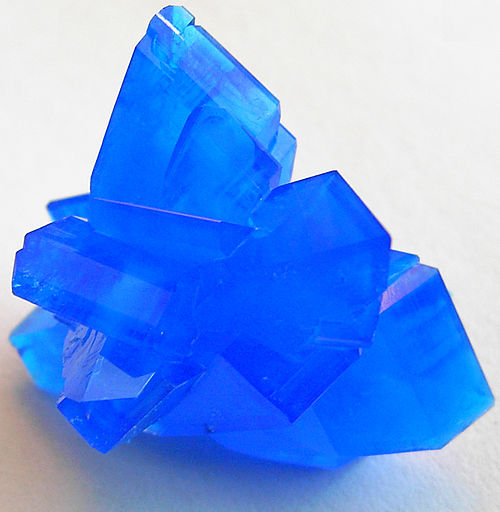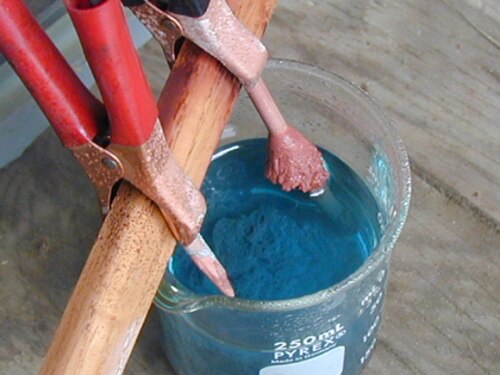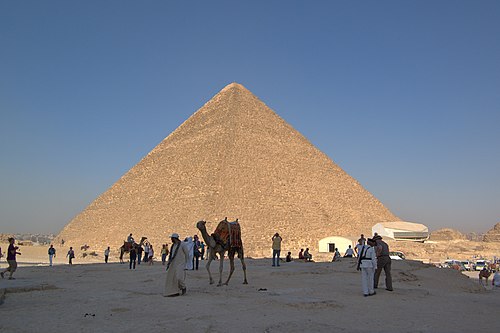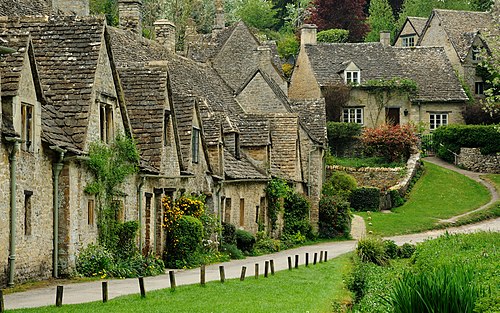Bluestonenoun
(UK) A form of dolerite which appears blue when wet or freshly broken.
Bluestonenoun
(UK) Any of several massive stones used to construct Stonehenge.
Bluestonenoun
(US) A feldspathic sandstone in the U.S.
Bluestonenoun
(US) A form of limestone native to the Shenandoah Valley
Bluestonenoun
(Australia) A basalt or olivine basalt.
Bluestonenoun
Slate from quarries in or near Adelaide.
Bluestonenoun
Blue vitriol.
Bluestonenoun
A grayish blue building stone, as that commonly used in the eastern United States.
Bluestonenoun
bluish-gray sandstone used for paving and building
Bluestonenoun
any of various bluish or grey building stones.
Bluestonenoun
any of the smaller stones made of dolerite found in the inner part of Stonehenge.
Bluestone
Bluestone is a cultural or commercial name for a number of dimension or building stone varieties, including:
Limestonenoun
An abundant rock of marine and fresh-water sediments; primarily composed of calcite (CaCO3); it occurs in a variety of forms, both crystalline and amorphous.
Limestoneadjective
Made of or with limestone.
Limestonenoun
A rock consisting chiefly of calcium carbonate or carbonate of lime. It sometimes contains also magnesium carbonate, and is then called magnesian or dolomitic limestone. Crystalline limestone is called marble.
Limestonenoun
a sedimentary rock consisting mainly of calcium that was deposited by the remains of marine animals
Limestone
Limestone is a common type of carbonate sedimentary rock. It is composed mostly of the minerals calcite and aragonite, which are different crystal forms of calcium carbonate (CaCO3).





































